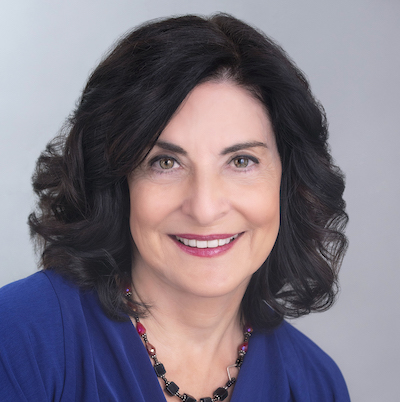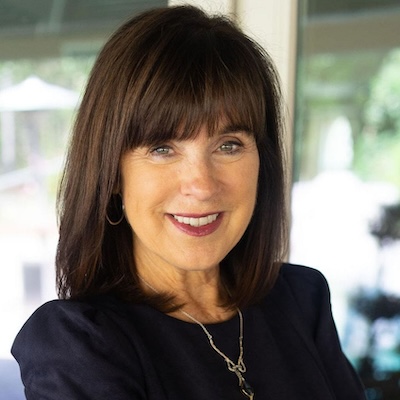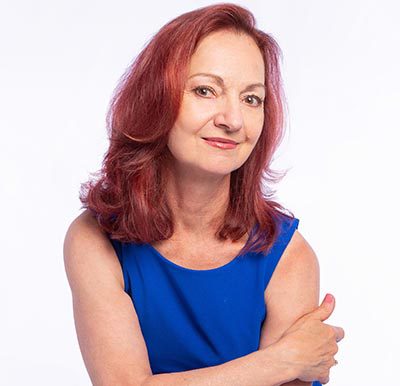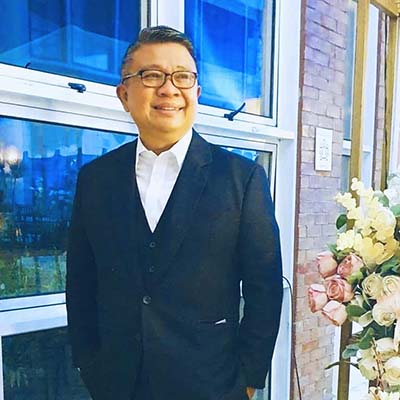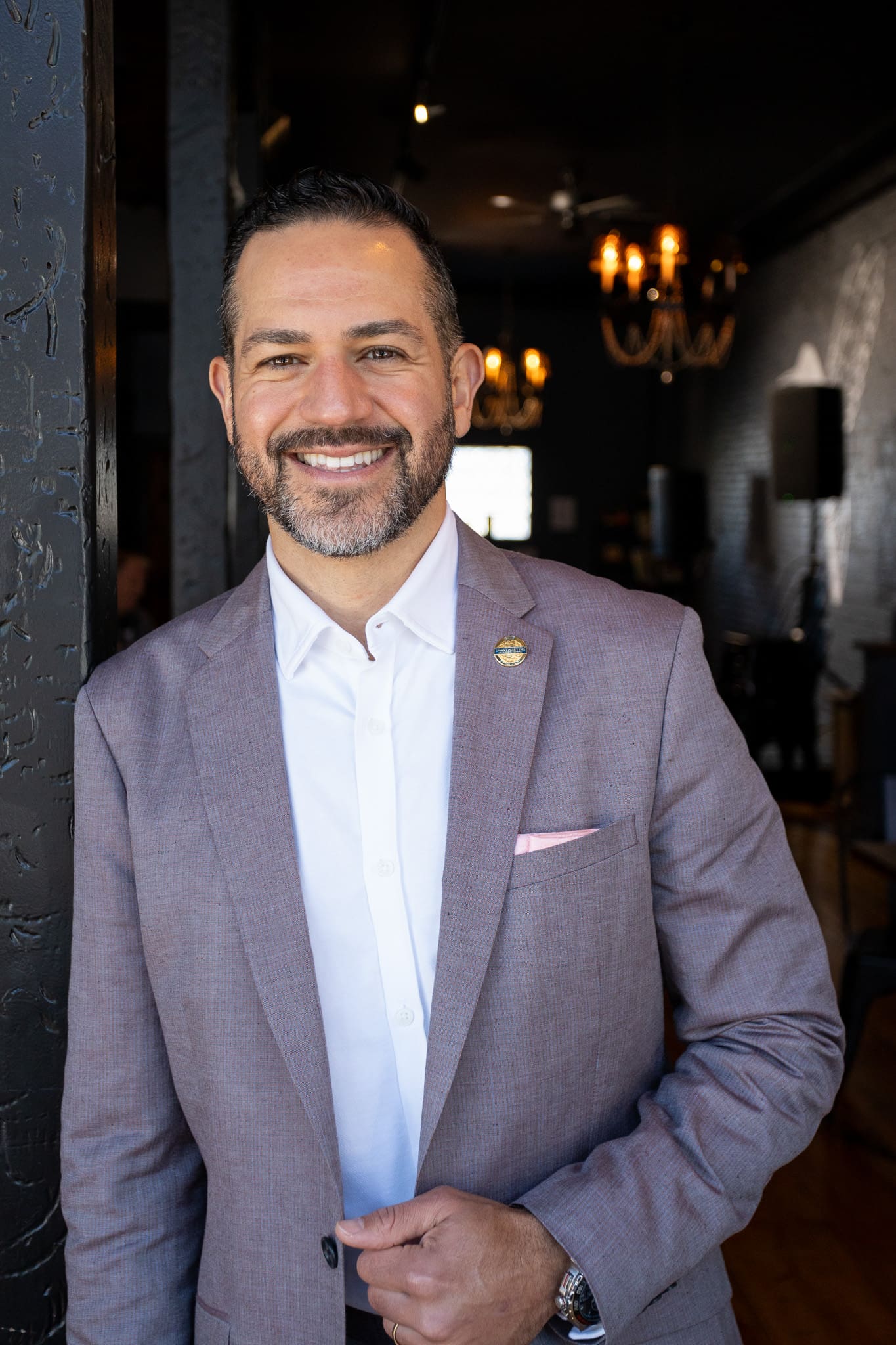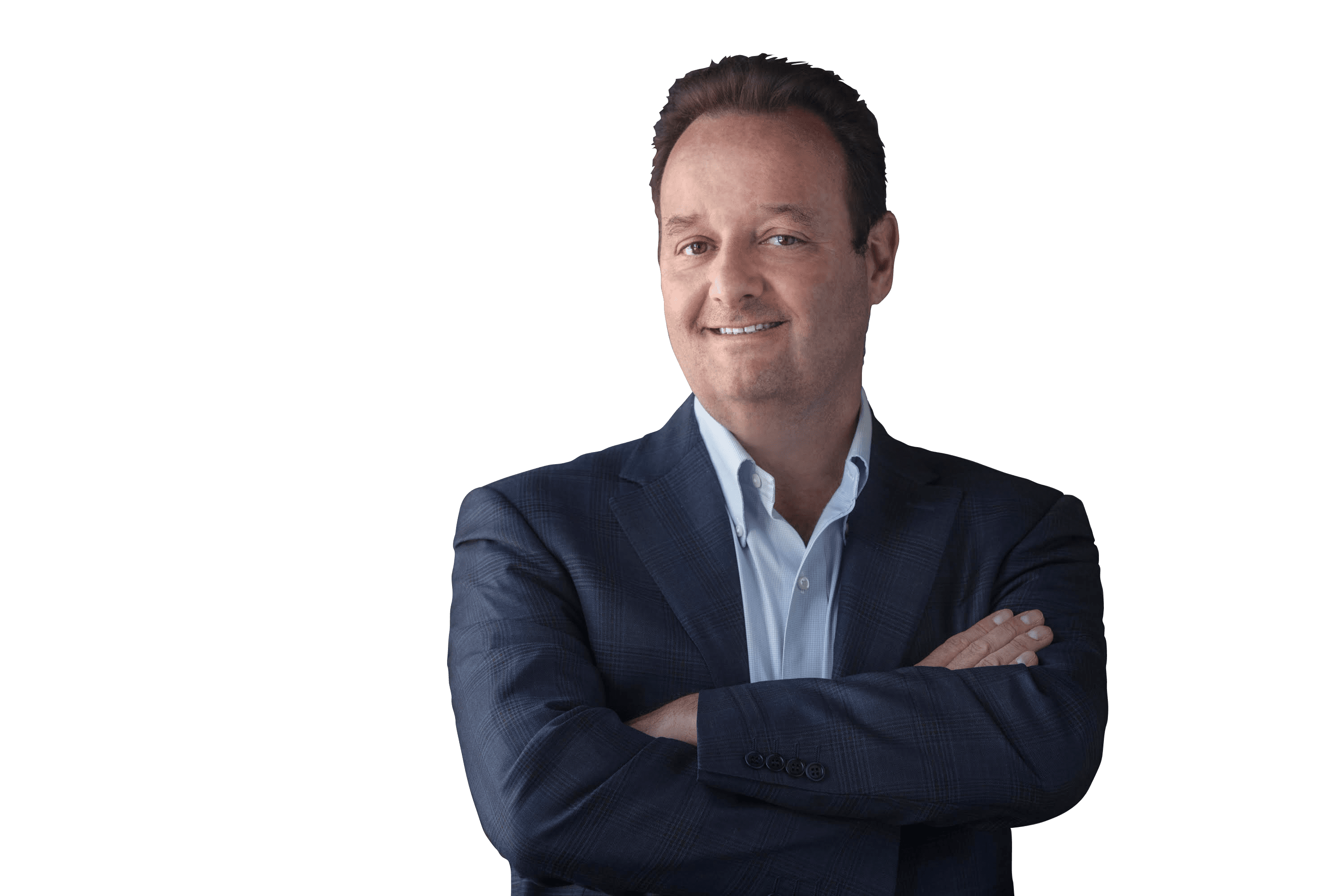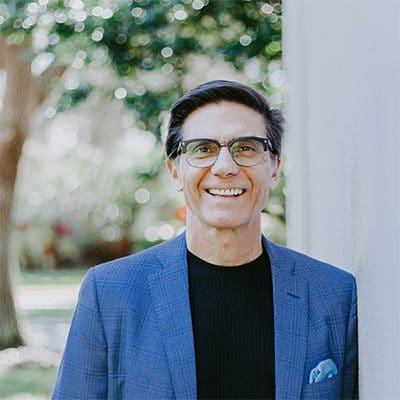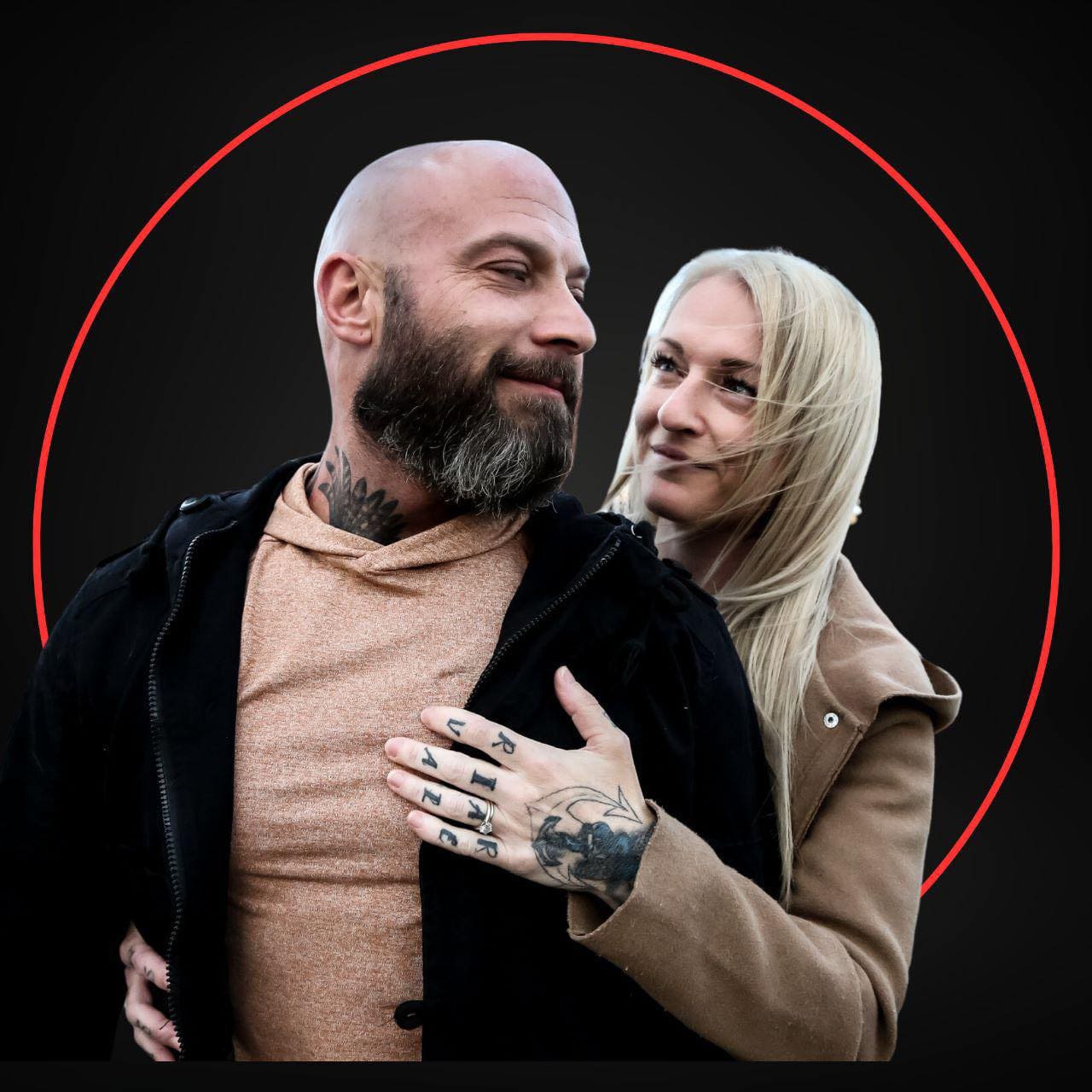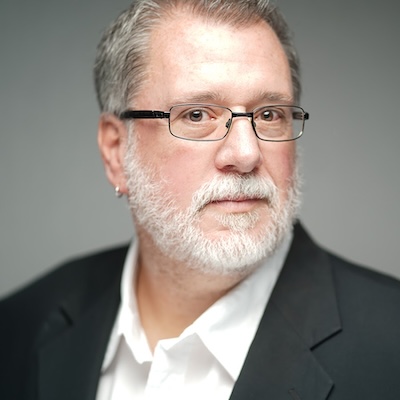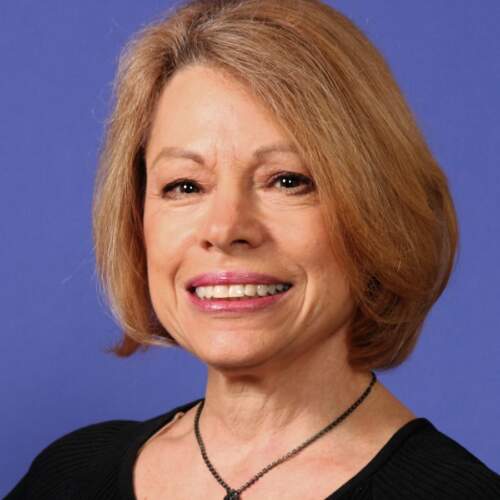3 Questions to Balance Hope with Reality
Hope can be a destructive emotion –
when should you replace it with something more powerful?
Most books on ending toxic Relationships or leaving dead-end situations talk about the dark side of hope. Letting go of a dream or desire requires you relinquish hope. When you give up hoping, you can move on. With hope, you might seek and even manufacture evidence that there will be a happy ever after.
Hope can blind you to harm and sabotage. I had a friend who lost everything in a divorce because she kept hoping her husband would forgive her and be kind. It didn’t happen.
There is also positive power in hope. When life feels uncertain or scary, hope can keep your spirit alive. Hope can propel you to act. Hope can inspire you to take risks. Hope can give you the courage to stand with others to make a difference in difficult times.
So how do know when to hope and when to let go?
Hope should not be equated with being the optimist. Between optimism and pessimism is realism. You can hope for an outcome but anticipate, recognize, and accept what happens might not look like what you had hoped for. You feel hopeful while maintaining Clarity about what is transpiring in the present moment.
Your hope should not be a rigid belief; you may want something to happen but stay flexible while experiencing what is occurring and changing.
There is an old saying that change is the only constant. Nothing remains the same. Good things rarely last forever and may never re-appear in the same form. You can hope without expectation. You can hope while accepting the inevitable changes, disruptions, and disappointments that are a natural part of life.
The author and teacher, Margaret Wheatley says hope can be blinding because it emerges from the fear that if something doesn’t occur, the disappointment will be devastating. She suggests we don’t dwell on the future and steer away from hoping, and then spend more time developing the ability to stay present with clarity and courage.
In her article, The Place Beyond Fear and Hope, Wheatley wrote, “In difficult times it takes effort to stay grounded in the present, but it is only there that we find a place unclouded by hope and fear.”1 This clarity reveals what she calls “right action,” those actions that feel important in this moment without any concern about whether you will succeed or not.
Even if you can’t help but feel hopeful, can you focus on embracing what is happening right now with all its beauty and its flaws? I often use Byron Katie’s famous line in my Coaching, asking, “How can you love what is?” 2
Can you have hope without being attached to your desire? Can you hope while being realistic, accepting, and flexible? Then you can hope while embracing what is if you practice choosing how to spend your time in the present. You can shift your focus to doing things that you enjoy and feel important, that give you a sense of contribution and Growth, even if you aren’t sure what happens next.
We can be filled with longing for something we cannot have,
and simultaneously we can be grateful for what we’ve got —
aware of what really matters and what doesn’t. – Lennon Flowers
When you find yourself or your client stuck in hope or fear when facing a difficult situation, consider these three questions:
- What can you do right now that feels important?
- If you can’t control what happens in the future, what is in your control now that brings you joy or a sense of purpose?
- With accepting what is happening now without recalling what happened in the past, what is the right action to take even though it will be hard?
It is up to you to know if there is value in feeling or abandoning hope in any situation. See hope for what it is – an emotion, not a reality. Preparing for the possibility that what you hope for might not materialize can keep you from feeling like a failure or giving up all together.
At the end of my coaching sessions, if the actions my client commits to take includes anyone else, I ask, “What will you do if what occurs doesn’t turn out like you are hoping for? What will you then do?” They always come up with a quick, simple, and powerful answer for what’s could be next.
* * *
1 Margaret Wheately, “The Place Beyond Fear and Hope.” SHAMBHALA SUN March 2009 pp.79-83 https://www.margaretwheatley.com/articles/BeyondHopeandFear.pdf
2 The Work of Byron Katie, https://thework.com/

